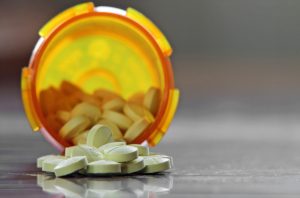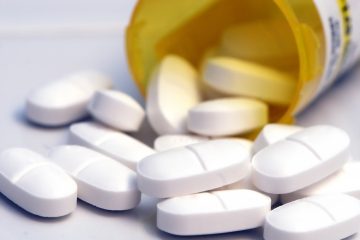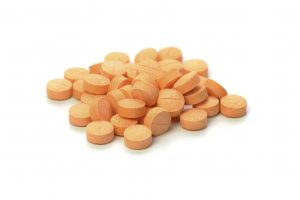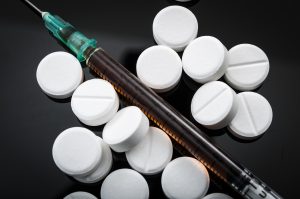
Panic Disorder
Panic disorders are characterized by sudden episodes of intense fear and anxiety, accompanied heart palpitations, shaking and difficulty breathing.
Learn MorePanic disorders are characterized by sudden episodes of intense fear and anxiety, accompanied heart palpitations, shaking and difficulty breathing.
Learn MoreA medically assisted detox reduces the risk of relapse and overdose by placing the detoxification process in the hands of a professional. During a medical detox, a doctor assesses your unique medical needs. He or she will then develop a plan to safely reduce, and eventually eliminate, your physical dependence.
Learn MoreIntensive therapy allows substance abuse clients to focus exclusively on their recovery. Treatment may be inpatient or outpatient.
Learn MoreBenzodiazepines, sometimes called “benzos,” are psychoactive drugs used to treat anxiety disorders, seizures, insomnia, and alcohol withdrawal.
Learn MoreSubutex is a partial agonist for opioid receptors and serves as a treatment for the addiction of opiates, such as heroin and painkillers.
Learn MoreSuboxone is the brand name of a prescription combination drug with the active ingredients buprenorphine and naloxone. It is exclusively prescribed to treat opioid addictions.
Learn MoreMethadone is a synthetic, prescription opioid that was originally developed as an alternative to opioid painkillers.
Learn MoreFamily therapy is a form of psychotherapy used in substance abuse treatment that addresses addiction as it impacts the whole family, rather than compartmentalizing the problem to a single individual.
Learn MoreFormerly known as a dual diagnosis or a dual disorder, co-occurring disorders refer to the presence of a mental illness, personality disorder, or addiction alongside a substance abuse disorder. The term may also refer to separate, but co-existing disorders, such as anorexia nervosa and depression.
Learn More






